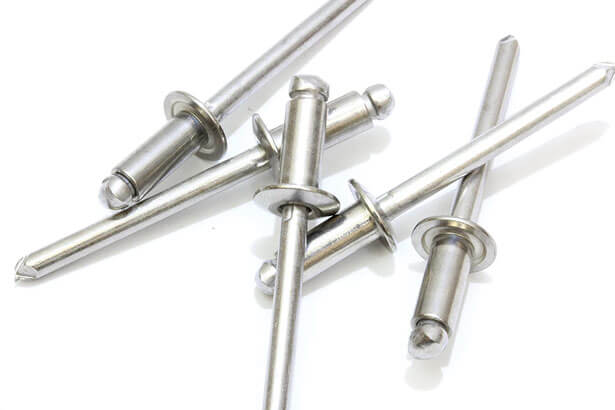- The corrosive effects of saltwater and sun exposure in the Caribbean can quickly compromise the integrity of rivets on boat spars and fittings.
- Understanding the difference between aluminum and stainless steel rivets and their impact on electrolysis is crucial for maintaining your boat’s structural components.
- Replacing rivets involves selecting the appropriate size and type, such as Monel rivets, to ensure long-term durability and preserve the functionality of booms, masts, and other parts.
Rivets…a Riveting Subject…
When boats are used in the Caribbean and after exposure to salt water and later to sun, the rivets on spars and other components are quickly impacted. This can be when fittings are installed on masts that are connected with aluminum or stainless steel rivets.

The stainless rivets themselves are stronger but the electrolysis caused on the aluminum is greater.
In both cases however the aluminum wall can be eaten away and the rivet connection is compromised.
How to Replace a Rivet
The most common size of the rivets is 3/16 or in metric 5 mm. When you want to replace that it will be necessary to ream out the old edging and your new hole will be larger. This is where you run into problems because you will need a ¼” pop rivet which are hard to find as is the pop rivet gun which you need to install it. Smaller ones are to be found everywhere but larger ones like ¼” is considered a specialty too.
What kind of Rivet should you Use on your Boat?
Ideally you should also use the most electrolysis resistant rivet which is a Monel rivet. With those two items you can save old booms and masts or spinnaker poles for many years of future use.
Please send in Questions for the Experts to answer in a future issue to editor@allatsea.net





